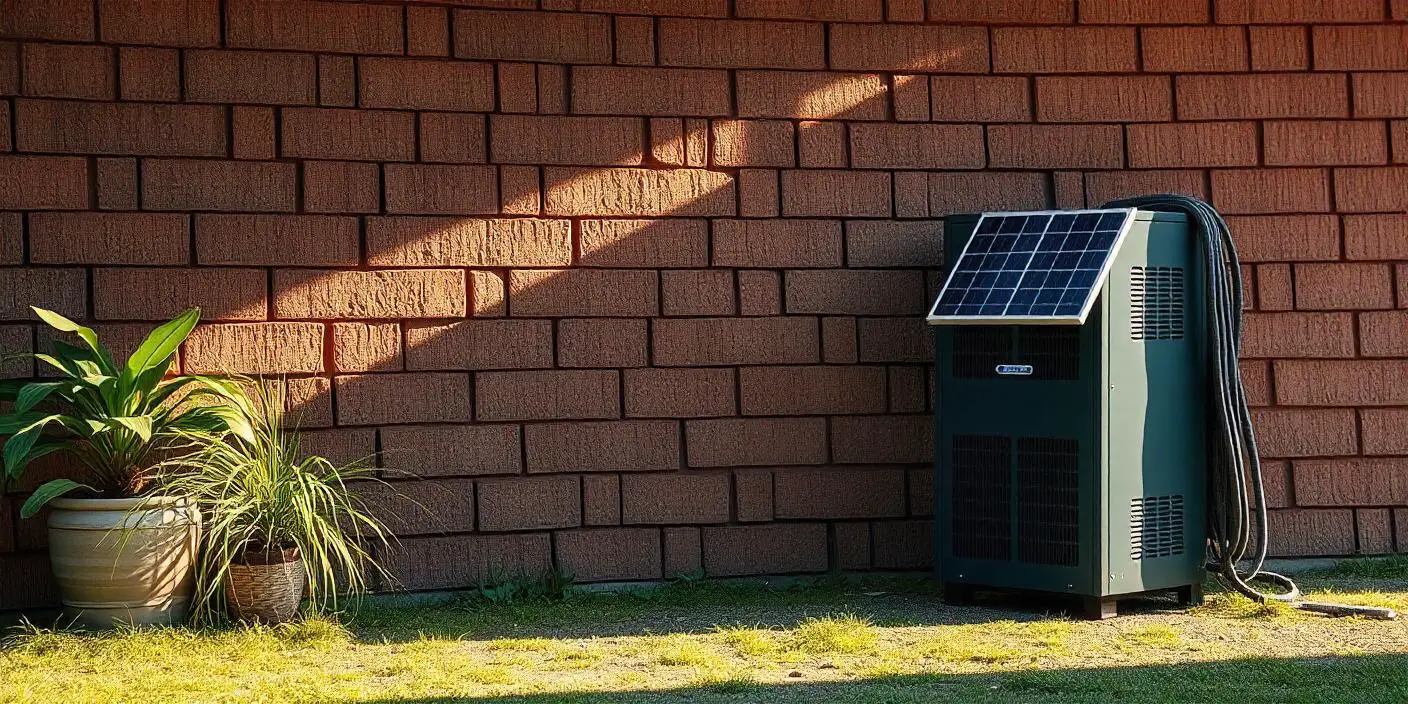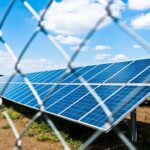Solar inverters are an essential component of a solar power system, converting DC power from solar panels into AC power for homes and businesses. But have you ever wondered how they work? In this blog, we’ll explore the basics of solar inverters, their types, and how they contribute to a efficient solar power system. We’ll also discuss the importance of solar inverters in maximizing energy production and reducing energy costs.
What is a Solar Inverter?
A solar inverter is an electronic device that converts direct current (DC) power from solar panels into alternating current (AC) power, which is usable in homes and businesses. The inverter’s primary function is to ensure that the DC power from the solar panels is converted into a stable and efficient AC power that can be fed into the electrical grid or used directly. This is crucial because most electrical appliances and devices use AC power, and the inverter enables the solar power system to integrate seamlessly with the existing electrical infrastructure.
The solar inverter is a critical component of a solar power system, and its performance can significantly impact the overall efficiency and reliability of the system. A good quality inverter can ensure that the solar power system operates at its maximum potential, while a low-quality inverter can lead to reduced energy production and increased maintenance costs.
How Do Solar Inverters Work?
The working of a solar inverter involves several steps:
- DC Power Collection: Solar panels generate DC power, which is collected and sent to the inverter. The DC power is collected from the solar panels through a process called maximum power point tracking (MPPT), which ensures that the maximum amount of power is extracted from the solar panels.
- Conversion: The inverter converts the DC power into AC power using a process called pulse-width modulation (PWM). This process involves converting the DC power into a high-frequency AC power, which is then filtered and transformed into a stable AC power.
- Filtering: The AC power is filtered to remove any distortions and ensure a smooth output. The filtering process involves removing any harmonics or other distortions that may be present in the AC power, ensuring that the output is clean and stable.
- Synchronization: The inverter synchronizes the AC power with the grid frequency (50 or 60 Hz) to ensure a stable output. This is critical because the AC power must be synchronized with the grid frequency to ensure that it can be fed into the electrical grid or used directly.
- Monitoring: The inverter monitors the system’s performance, tracks energy production, and provides data for optimization. The inverter can monitor the system’s performance in real-time, providing valuable insights into energy production, consumption, and efficiency.
Types of Solar Inverters
There are several types of solar inverters available, each with its own strengths and weaknesses:
String Inverters:
- Most common type of inverter
- Connects multiple solar panels in a series (string) to a single inverter
Advantages: cost-effective, easy to install, and maintain
Disadvantages: if one panel is shaded or faulty, the entire string is affected
Microinverters:
- Small, individual inverters attached to each solar panel
- Each panel operates independently, maximizing energy production
Advantages: optimized energy production, real-time monitoring, and reduced impact of shading
Disadvantages: higher upfront cost, more complex installation
Power Optimizers:
- Similar to microinverters, but optimize energy production at the panel level
- Use a centralized inverter for AC conversion
Advantages: optimized energy production, reduced cost compared to microinverters
Disadvantages: still more expensive than string inverters
Hybrid Inverters:
- Combine the benefits of string and microinverters
- Multiple panels connected to a single inverter, with each panel having its own optimizer
Advantages: optimized energy production, cost-effective, and flexible design
Disadvantages: complex installation, higher upfront cost
Off-Grid Inverters:
- Designed for off-grid solar power systems, without grid connection
- Typically used in remote areas or for backup power systems
Advantages: independence from the grid, reliable backup power
Disadvantages: higher upfront cost, complex installation
Conclusion
Solar inverters play a critical role in solar power systems, converting DC power from solar panels into AC power for homes and businesses. Understanding how solar inverters work and the different types available can help you choose the right inverter for your solar power needs. Whether you’re looking to install a new solar power system or upgrade an existing one, selecting the right inverter is crucial for maximizing energy production and efficiency.







